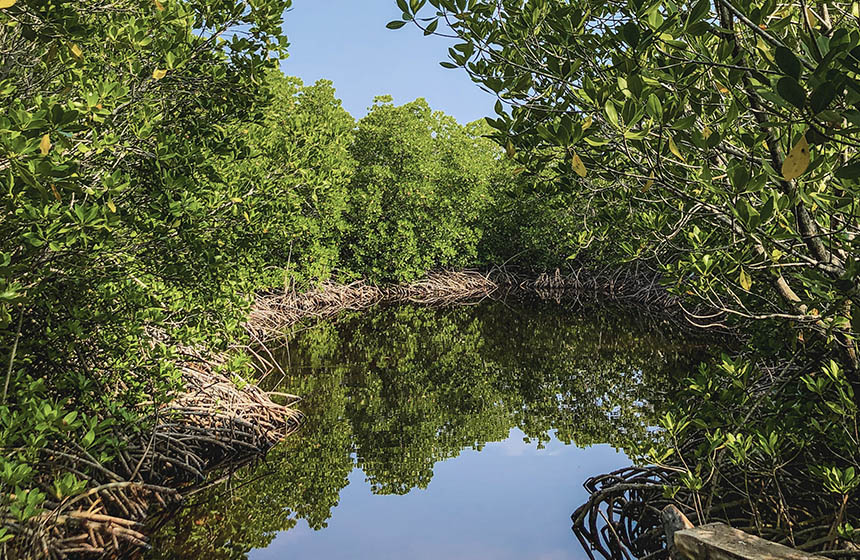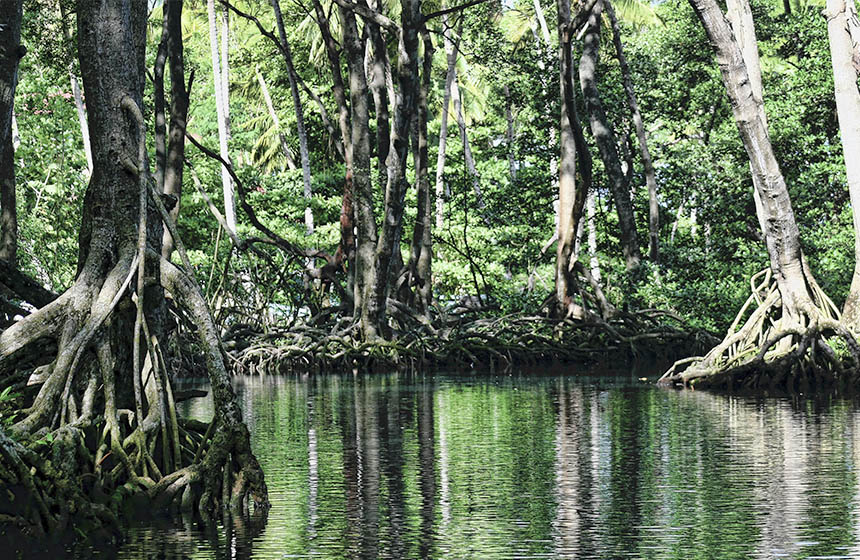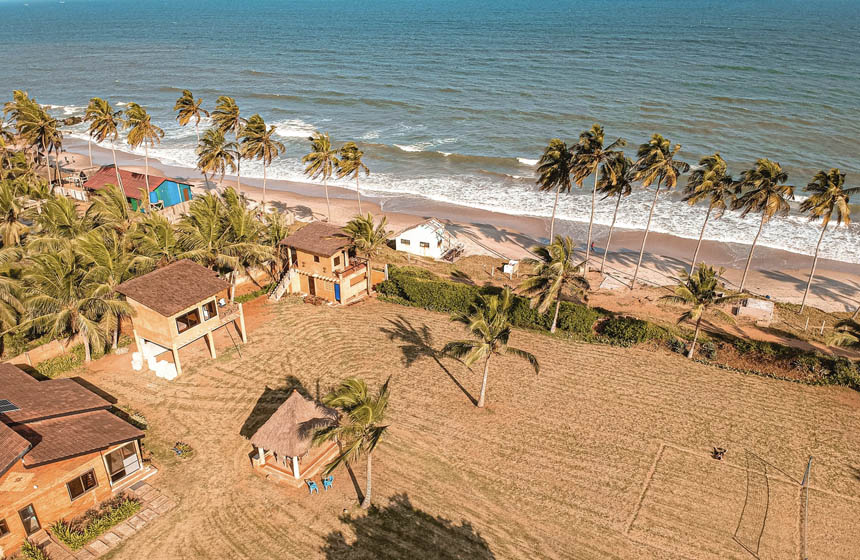Community-based mangrove forest restoration and management
Communities in Vietnam are restoring weakened mangrove ecosystems and employing more sustainable farming and harvesting methods to boost resilience to climate change-induced flooding and other coastal pressures.
Nature-based Intervention:
With the support of international NGO CARE, local communities created an integrated approach to manage forthcoming climate change risks. Primarily, Community-Based Mangrove Management Boards (CMMB) were created to advance the planning and implementation of mangrove restoration to strengthen biological coastal barriers. The development and maintenance of a mature mangrove ecosystem also allows for its sustainable harvesting by community members. Furthermore, local households identified various ways to bolster more sustainable livelihood models by replacing chemical fertilizer with bio-fertilizer made from leaves and dung, employing innovative ways to grow rice and maize, and establishing stable contracts with domestic buyers of chili. Moreover, the CMMB established a group to patrol the forest and manage the sustainable use of forest resources.
Overview of context and outcomes:
The coastal ecosystems of the Da Loc and Nga Thuy communes have faced continual degradation due to climate change and pressures to exploit mangrove forests for timber and seafood. Upstream river pollution and the application of chemical fertiliser to crops have degraded soil quality and water resources in the area. These challenges were compounded with the devastating impact of a typhoon in 2005 that destroyed shrimp farms, 500 hectares of crops, and 100 houses. Communities were able to learn from experiences in the nearby Thai Binh province that had piloted mangrove restoration efforts in the 1990s. In the seventeen years since the initial pilot in Thai Binh, $USD 8.88 million has been spent on restoration in several parts of the country.
Case effectiveness on
Climate change
Although no mitigation impacts were quantified or reported, the restoration of mangroves is likely to counter the carbon emissions of poor resource management and increase the carbon sequestration potential of the area.
According to local authorities, the existing dike system for storm and flood resistance is expected to withstand greater pressure due to the increased presence of mangrove forests that can likely slow the speed of water flows and break waves. Farmers have reported that crop productivity has increased as a result of the expanded use of bio-fertilizer, likely ensuring greater economic and food security in the face of climate change-induced pressures on the communities.
Ecosystem health
Ecological effect: PositiveSince 2007, it is reported that community members have planted 277 hectares of mangrove forest in Da Loc and 181 hectares in Nga Thuy with a survival rate of 70-90%. The restored mangroves are likely to provide critical nutrients and function as a nursery for oysters, shrimp and fish as well as a habitat for birds.
Socioeconomic outcomes
Participating community members received a small remuneration for the planting of mangroves. The implemented new farming techniques, including the use of bio-fertilizer, were found to increase local household income and reduce farmer dependence on chemical fertilizer that has been shown to degrade soil quality and hampers crop productivity in the long run. The mature mangrove ecosystem can be harvested sustainably for timber and aquatic species which reportedly yields an additional income per household of 70,000 – 160,000 VND (USD$ 3.5 – 8) per day.
Governance
The projects are governed by Community-Based Mangrove Management Boards, which are comprised of locally elected officials and organization representatives. These boards manage all aspects of planning, decision-making, planting, maintenance, and protection regarding the mangrove forests.
Finance
Funding for the initial implementation of the project was provided by the NGO CARE.
Monitoring and evaluation
The Community-Based Mangrove Management Board works with local community members to establish equitable monitoring schemes within the forest.
Trade-offs and limitations
There are not clear funding pathways for the future of the Community-Based Mangrove Management Board, so a reduction in funding could limit their effectiveness.

Intervention type
- Food production
- Management
- Restoration
Conducted at landscape scale
Ecosystem type
- Mangroves
- Terrestrial production
Climate change impacts addressed
- Loss of food production
- Coastal inundation
- Storm surge
Instigators
- Community/self driven
- State/district/local government agency
- National development organisation
Societal challenges
- Biodiversity conservation
- Climate change adaptation
- Disaster risk reduction
- Economic and Social development
- Rights/empowerment/equality
- Food security
- Energy security
Outcomes
- Food security: Positive
- Water security: Not reported
- Health: Not reported
- Local economics: Positive
- Livelihoods/goods/basic needs: Not reported
- Energy security: Positive
- Disaster risk reduction: Positive
- Rights/empowerment/equality: Positive
- Conflict and security: Positive
- No. developmental outcomes reported: 5
Resources
Read resource 1Read resource 2
Literature info
- Grey literature



